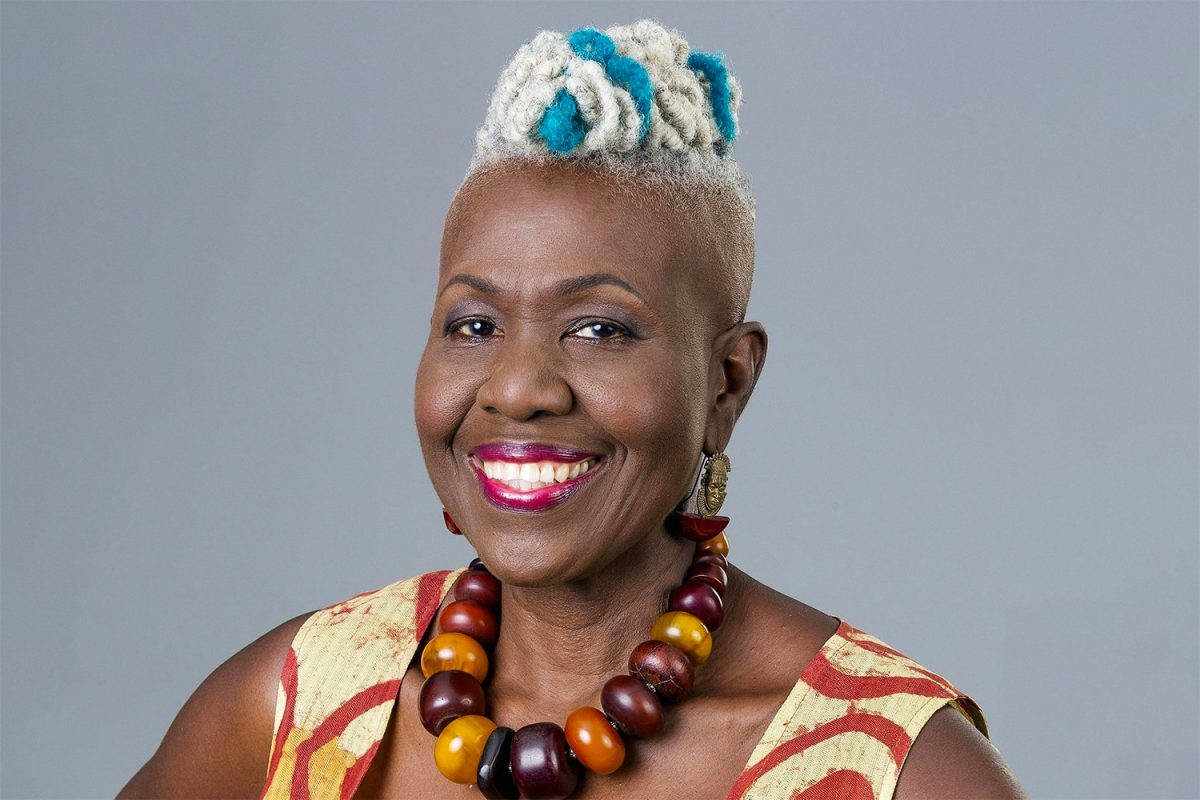Business Plan Approved For Long-Overdue Jamaica Music Museum

Cultural Studies Professor Carolyn Cooper has revealed that she has been reliably informed that the procurement process for Jamaica’s long-overdue state-of-the-art Reggae Music Museum is finally underway.
Writing in one of her recent columns on her website, Professor Cooper made the revelation and called for the process to be fast-tracked, even as she, for the umpteenth time, renewed her call for the world class Reggae Music Museum to be established to elevate forthwith, what now serves as the repository for the island’s music, from the old storeroom at the Institute of Jamaica in Kingston.
“In a recent interview, Herbie Miller confirmed that plans are much advanced to build a fit-for-purpose museum that will be 30 times larger than the storeroom. The business plan has been approved. The next stage is the selection of both the architect and the designer of the interior of the museum,” she said.
“The Government’s procurement process is painfully slow. Hopefully, it will not take 20 more years for this state-of-the-art museum to become a reality,” she added.
In a stern criticism of the entities who established the museum, back in 2000, Professor Cooper intimated that the area they had reserved for the museum was reflection of the scant regard they had for the genre.
“The Jamaica Music Museum on Water Lane is housed in a former storeroom at the Institute of Jamaica. The exhibition gallery is approximately 1,000 square feet. It sounds even smaller in square metres: 92.9. The size of the museum tells you all you need to know about the lack of foresight of its founders,” Professor Cooper stated in a column on her website.
“Instead of starting with a clear plan for the museum and finding a space in which to bring the vision to reality, the founders worked back to front,” Professor Cooper said.
The University of the West Indies professor also spoke to the inappropriateness of the area in which the music museum is housed, and the fact that the powers that be took almost a decade to appoint a director for the facility.
“It seems as if a decision was taken that the museum had to be on the site of the Institute of Jamaica on East Street. All that was available was a storeroom and the museum was forced into it. How in God’s name could a small room in a backwater of downtown Kingston be seen as an appropriate place for the Jamaica Music Museum? It makes absolutely no sense,” she said.
“The museum was launched in 2000 and it took all of nine years to appoint a director/curator, Mr Herbie Miller. He’s a man of many talents: musicologist, artiste manager, social analyst, songwriter, music producer and cultural historian. Unfortunately, he is not a magician. Over the last decade or so, he has tried valiantly to transform the storeroom into a museum,” she said.
Professor Cooper said that despite the fact that Miller had negotiated the acquisition of approximately 500 artefacts, the curator does not have enough space to display the majority of them.
“These valuable cultural objects remain in the safekeeping of their owners, awaiting a proper museum,” she said.
She re-emphasized an earlier point that, when Miller was invited to collaborate with the Museum of Music at the Paris Philharmonic to mount the ‘Jamaica, Jamaica: From Bob Marley to the deejays’ exhibition, space was allocated for the event at the National Gallery, covering more than 7,000 square feet.
This she said, was a clear indication that a music museum was critical, as it would have been evident to the authorities then, that “there was no place for the exhibition in the storeroom at the Institute of Jamaica”, much less a national music museum.
“We may think that a storeroom is suitable for the Jamaica Music Museum. Foreigners know better,” she said.
Professor Cooper noted that the failure of successive governments to establish a proper museum, has resulted in the birthplace of Reggae failing to capitalise on yet another aspect of music and cultural tourism, while in places like the UK, exhibitions on Reggae were raking in millions.
She pointed to ‘yet another exhibition on Jamaican music which has been mounted abroad, the latest being the ‘Bob Marley One Love Experience’ which opened at the Saatchi Gallery in London on February 2, just in time for the Gong’s 77th birthday, and will run until April 18.
According to Professor Cooper, the projected commercial success of the exhibition, and its accompanying entry fees, is confirmation of the wide appeal of Jamaican culture.
She however pointed out that during a BBC world service programme about the ‘One Love Experience’, the question of bringing the exhibition to Jamaica was raised, but that “the obvious answer is another question: where would we put it?”
“The ‘One Love Experience’ is definitely not cheap. The price ranges from £18 for a standard ticket on Monday through Thursday, to £90 for the Live DJ Night. In between, there’s the Friday, Saturday, Sunday standard ticket for £24. Access to the VIP room costs £50 and the ‘Expert Guided Group Tour’ is £70. Bob Marley would probably not have approved of the high cost of one love: “We nuh know how we an dem a go work dis out,” she noted.
“But we are still not taking the cultural/creative industries seriously, as evidenced in the present state of the Jamaica Music Museum,” she said.
The One Love exhibition is currently showcasing, among other things, unseen photos and memorabilia of the Jamaican, while promising to immerse audiences on a journey through his lifestyle, passions, influences, and enduring legacy.
The massive exhibition includes the Viewers, One Love Music Room, One Love Forest, Soul Shakedown Studio, The Beautiful Life space, The Concrete Jungle and Fan Art Exhibition, as well as The Next Gen Room which focuses on the Small Axe artiste’s descendants.
